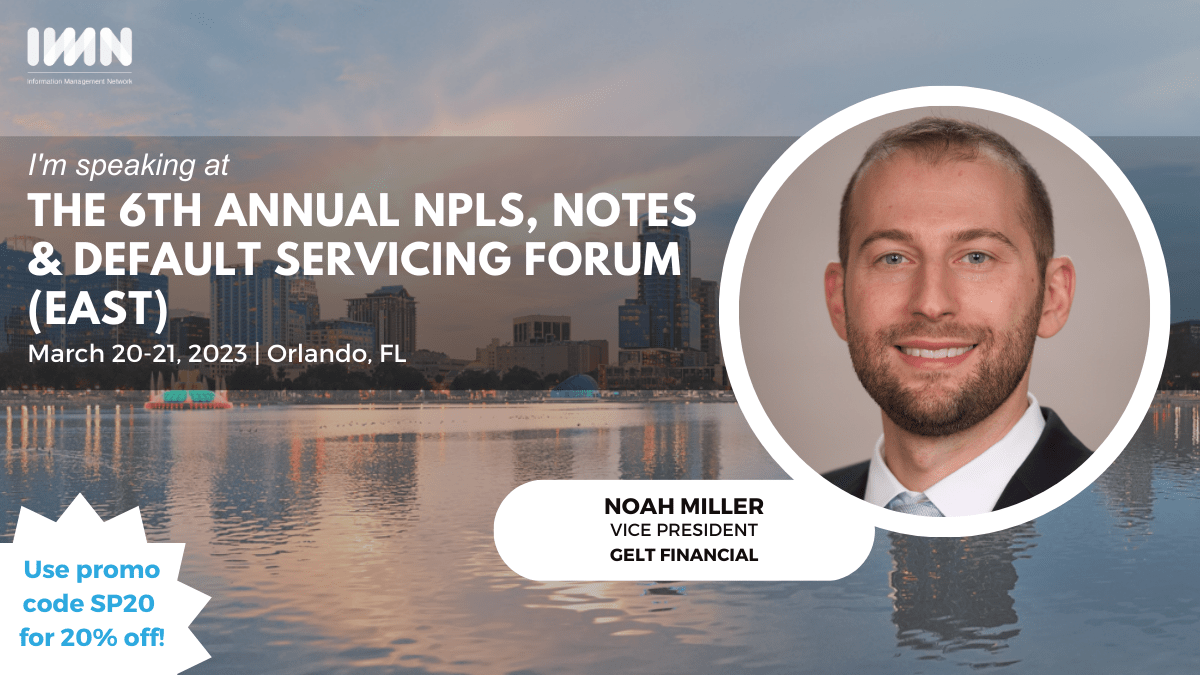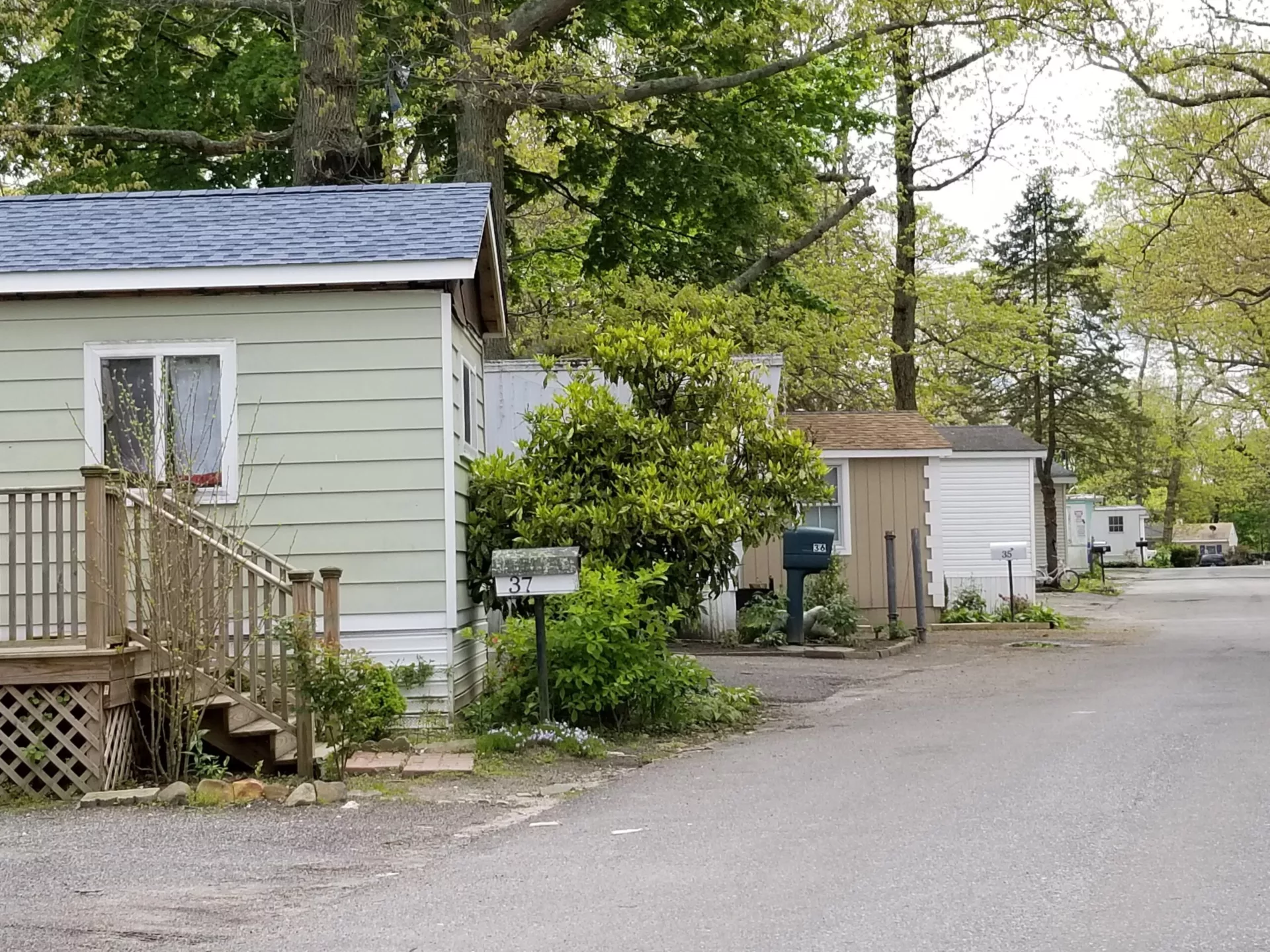Gelt Financial featured article “Hidden Treasures: Joint venture equity may be a solution for smaller real estate deals” in Scotsman Guide
This month, Gelt Financial was featured in Scotsman Guide, the leading commercial real estate lending publication.
Hidden Treasures: Joint venture equity may be a solution for smaller real estate deals
By Noah Miller
Commercial property prices remain high, interest rates and inflation continue to rise, and the country has been staring down the brink of a recession for the past two years. At the start of the COVID-19 pandemic, there were a record number of real estate sales and plenty of capital, but today banks are tightening guidelines and private investors are closing their wallets, lending less and sitting on the sidelines.
The Wall Street Journal reported this past July that the number of commercial real estate transactions in second-quarter 2022 fell by 22% year over year — a sign that higher interest rates are directly impacting deal flow as investors express concern over future market conditions. When this happens, it gets more difficult for real estate owners to raise capital.
The result is that mortgage brokers working with local entrepreneurs to purchase a neighborhood shopping center or apartment building are struggling to find capital for such projects. While an investor can ask their friends and family to fund these transactions, there are downsides to mixing money and personal relationships.
“Instead of needing to raise $1 million from 10 close friends, a JV partner allows a smaller real estate owner to have one partner who can provide all the required funds.”
Brokers can help their clients find needed financial support by tapping into a select group of noninstitutional capital providers that offer small-balance joint venture equity. These lenders may be the perfect solution for many investors in the sub-$5 million space. The challenge is that brokers and borrowers may be unaware that this type of equity is available to them — or what it entails.
A joint venture involves two or more parties agreeing to pool their resources to accomplish a business goal. For real estate transactions, joint venture equity deals involve a general partner (GP), whose role is to source, close and execute the business plan on a given project, and a joint venture (JV) partner, who is responsible for making investments to fund the project in question.
The benefit of being a GP is that there is tremendous upside and ownership stake without the need to contribute a large share of the total equity for a project. GPs are paid based on their performance, so the more value they create, the more money they will make. The benefit of being a JV partner is owning real estate without the need to be active on a day-to-day basis.
Pros and cons
The most important aspect of having a JV partner is to work with someone who can financially support the real estate project. While it is common for owners to raise capital from their network of contacts, this can become burdensome, constrain deal size and even cause friction between people close to the general partner.
Instead of needing to raise $1 million from 10 close friends, a JV partner allows a smaller real estate owner to have one partner who can provide all the required funds. Additionally, some JV partners will provide “net worth” requirements for loans that the GP may not be able to obtain using their own balance sheet.
The biggest downside to having a JV partner usually involves the GP losing some of the control they have over the property and the general direction of the deal. For example, it is common for a JV partner to have the final say regarding when a sale or refinance can occur, as well as issues involving a major tenant lease.
This won’t cause problems if the partners are aligned on their goals and desires, but if they are at odds, it is typical for the joint venture partner to be the final decision-maker. In summation, when bringing in a JV partner, the general partner is giving up full control of a deal and may have to follow the joint venture partner’s direction.
How it works
The following example will help to explain how such a deal works. Oliver, the general partner, is under contract to purchase a local apartment building for $2 million. He has a lender lined up to provide a $1.3 million (65%) first mortgage. For Oliver to complete the purchase, he will need to come to closing with $700,000 (35%) in cash.
If Oliver has the $700,000, he may want to purchase the property outright to retain full control. On the other hand, if he either doesn’t have the capital or wants to spread his money across multiple deals, he may want to consider bringing in a JV equity partner.
Let’s assume that Oliver is able to find a small-balance JV partner who will fund 100% of the equity infusion. In this case, the equity partner will provide the $700,000 needed to purchase the property. They’ll also receive a 6% preferred payment and own 70% of the asset. Meanwhile, Oliver will perform all the day-to-day management duties, or sweat equity, and own 30% of the property.
In this example, the JV partner is earning a 6% return on their money and 70% of the upside in the transaction. In other words, once the JV receives a 6% return on their investment, they would receive 70% of all profits above that level, while the GP receives 30% of the proceeds, also called a promote.
Annual cash flow
Oliver turns out to be a really good operator, spending every day at the property renovating units. He has been able to push up rents, thereby increasing the overall value of the property.
Because of this, the property now has a net operating income of $150,000. Since the property has positive cash flow, the proceeds will be disbursed.
Key Points
Pros and cons of joint venture equity deals
- A general partner can develop a property with little or no money invested in the deal.
- A joint venture equity partner can make a large profit without daily project involvement.
- The general partner does not have to ask friends, family or institutional lenders for money.
- The joint venture partner gains most or all of the control over many aspects of the project.
First, the debt will need to be paid. For this scenario, let’s use a 4% interest rate with a 30-year amortization. The annual debt payment will be approximately $75,000. This will leave $75,000 of available cash flow. Second, the JV partner will receive a 6% return on their original equity investment for a return of $42,000 (6% of $700,000). This will leave $33,000 in cash left to be distributed.
The remaining $33,000 will be split 70/30 (70% to the JV and 30% to the GP). Oliver, the GP, will receive a check for $9,900 and the JV will receive a check for $23,100. In total, the JV received $65,100 (a 9.3% profit on their initial investment) and Oliver earned $9,900.
Time to sell
Five years have gone by. Oliver has continued to manage the property, creating a better living space for his tenants and successfully increasing the net operating income to $200,000.
The GP and JV have come together and decided to sell the property for $3,333,333 (6% cap rate). To keep this example simple, there is no consideration to any accrued interest, capital account paydowns or closing costs at the time of the sale.
When it comes to dividing up the money, the first mortgage balance will have to be paid off. It is approximately $1,175,000. This would leave $2,158,333 of equity remaining. The next payout would go to the JV partner, who would retain their initial $700,000 investment, now leaving $1,458,333 of equity remaining. This profit would then be split in the same 70/30 fashion, with the JV partner receiving the larger share of $1,020,833 and the GP receiving 30%, or $437,500.
It would be safe to assume that the JV partner is extremely satisfied with their return. As for Oliver, who put no money into the deal, he is walking away with not only the annual profit but a $437,500 gain on the sale.
“JV equity has been used for decades in the institutional lending space, but it isn’t as readily available in the private money space. This is because most JV equity providers have a minimum check size.”
Finding funding
JV equity has been used for decades in the institutional space, but it isn’t as readily available in the private money space. This is because most JV equity providers have a minimum check size, ranging from $5 million to $10 million, as they stand to gain greater returns by investing larger amounts. This leaves a void in the private sector.
Commercial mortgage brokers need to be aware of the select capital providers that offer small-balance JV equity. When looking for the appropriate JV partner, brokers should ask for referrals from industry colleagues, read online reviews and testimonials, and make sure to speak directly to the joint venture partner.
Some things to ask an equity provider about include their structure, required control rights, expectations for cash returns, promote structure, investment philosophy, due-diligence process and time frame to close. A JV equity partnership needs to be beneficial to both the GP and the JV partner, so it is important that investment plans and values are aligned.
For example, if one of the parties is looking for a short-term hold and the other is looking for a long-term hold, there will be friction. Ensure that each party has the same intentions to provide a smooth relationship.
With JV equity available in small-balance sizes, the potential is growing for private investors in the commercial real estate market. To make deals run as smoothly as possible, mortgage brokers need to make sure that the interests and philosophies of JVs and GPs are aligned. Brokers need to know that the keys to making smaller asset purchases accessible to all types of investors lies in educating owners and operators on how to use this type of financing and where to find it.






















